Blog
How to Plan a Pool Table Room
For many people the clack of colliding pool balls recalls happy times. That’s one reason pool tables are a classic addition to the game room, basement, garage, family room, loft, man cave or even dining room. But planning for a pool table requires more than picking out a leg style and felt color. Dimensions rule with this project. Here’s how to figure out how much space you’ll need and other considerations.
Table Sizes
There’s not a single standard-size pool table, but rather three common sizes. The length dimensions in the names are approximate. Although playing surface dimensions are consistent, outside dimensions can vary by manufacturer.
● Pub size/7-foot:
Outside dimension: 52 inches by 90 inches (approximate)
Playing surface: 38 inches by 76 inches
● Professional size/8-foot:
Outside dimensions: 60 inches by 106 inches (approximate)
Playing surface: 46 inches by 92 inches
● Tournament size/9-foot:
Outside dimensions: 64 inches by 114 inches (approximate)
Playing surface: 50 inches by 100 inches
Perimeter Clearance
While your designated space may fit your pool table, you also need to have ample clearance around the perimeter, as in the generously sized basement shown here. How annoying is it to miss a shot because your cue collided with a column or wall? Sixty inches of clearance around the table perimeter is ideal for play.
Noise
One possible drawback to positioning a pool table in an open loft space instead of, say, a basement, is noise. Some may find the cracking of balls and merriment disturbing in a shared open-plan space. Others see it as setting the tone for fun and relaxation, especially in a vacation home. That’s an individual decision but a point to keep in mind.
Weight
Many people set up their pool tables in the basement because it’s the room with the most available space. But lofts, attics and finished spaces over garages can be great too, especially when they’re spacious, like the one shown here. The weight of the table on an upper floor is a concern for many homeowners, however.
Although pool tables are heavy, they usually don’t require additional support bracing because the weight is evenly distributed.
Solid wood tables tend to weigh more, typically between 1,000 and 1,200 pounds. If you have doubts, especially if you have an older home, consult a specialist on whether reinforcement may be needed.
Preparation Before Delivery
Area rugs.
If you’re planning to have an area rug underneath your pool table, make sure it’s in place before your pool table arrives. Moving a pool table after it’s set up, even a little to put a rug underneath, will ruin the precision leveling of the table, and the table will require servicing afterward.
If you’re planning to have an area rug underneath your pool table, make sure it’s in place before your pool table arrives. Moving a pool table after it’s set up, even a little to put a rug underneath, will ruin the precision leveling of the table, and the table will require servicing afterward.
Light fixtures. Lighting over the pool table needs to be installed and operable before the table is moved into place. Though maintenance, such as changing light bulbs, is expected, the last thing you want is someone standing on your table to reach the fixture to anchor it or fiddle with the wiring.
Getting it through the door. Thankfully, you don’t need barn doors. Getting a pool table through a standard-size door usually isn’t a problem, because most are assembled onsite in sections. However, if you have an obstruction such as a staircase near your entry door, it could pose a problem.
Maneuvering it into place. Here’s where navigation gets tricky. Spiral staircases and hallways with tight turns are the biggest issue. Most slate tops are 1 inch thick and made in three pieces, so turns are easier to handle.
Light fixture selection. Pendant lamps are the best light fixture style for pool tables. This can be achieved with a single fixture, as seen here, as well as with double and triple fixtures, as seen in the following images.
Light fixture height. To avoid interfering with players’ heads, the bottom of the light fixtures should be 30 to 36 inches off the table surface. Since most tables are 29¼to 31 inches high, the bottoms of hanging lights should be 60 to 66 inches above floor level.
Seating and beverage rails. Keep in mind the comfort of your guests. Built-in benches for seating and rails on which to set a drink are two design considerations you should try to include near the table — otherwise you risk spilled drinks and players resting against walls.
Necessary accessories. When planning your pool room, don’t forget storage for pool cues, balls, chalk and the rack. If you can, inset a holder into the wall so it doesn’t protrude into the playing space.
Billiards, Pool or Snooker?
Though this ideabook focuses on pool tables, there’s much confusion about the game of pool and its close cousins, billiards and snooker.
Billiards is technically an umbrella term for any game played on a billiards table. This table may have or not have pockets. Today, however, what we refer to as billiards is a variety of games played on a table without pockets. A modern-day billiards table is larger than a pool table. The popularity of billiards is higher in Europe than in the U.S.
Pool is the modern term for pocket billiards, which is played on a table with six pockets. It earned its moniker by its presence in horse-betting establishments, where the bets were pooled and collected in what was called the pool room. The game was played by patrons between races, and the room name became associated with the game.
Snooker is played with 22 smaller balls. Its six-pocket table is the largest size of the tables for the three games, as seen here. Though popular in England and Asia, snooker hasn’t made waves in the U.S.

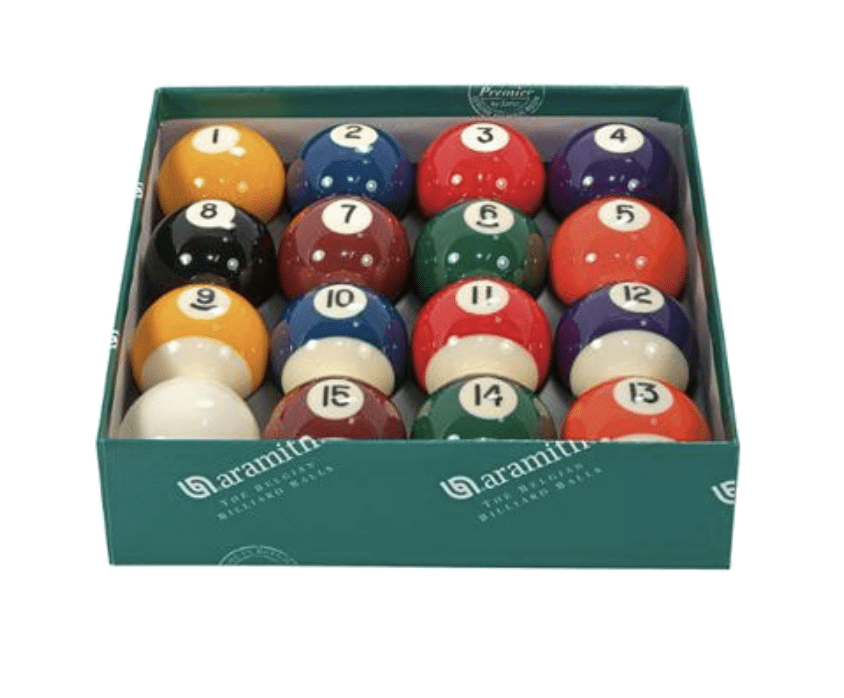
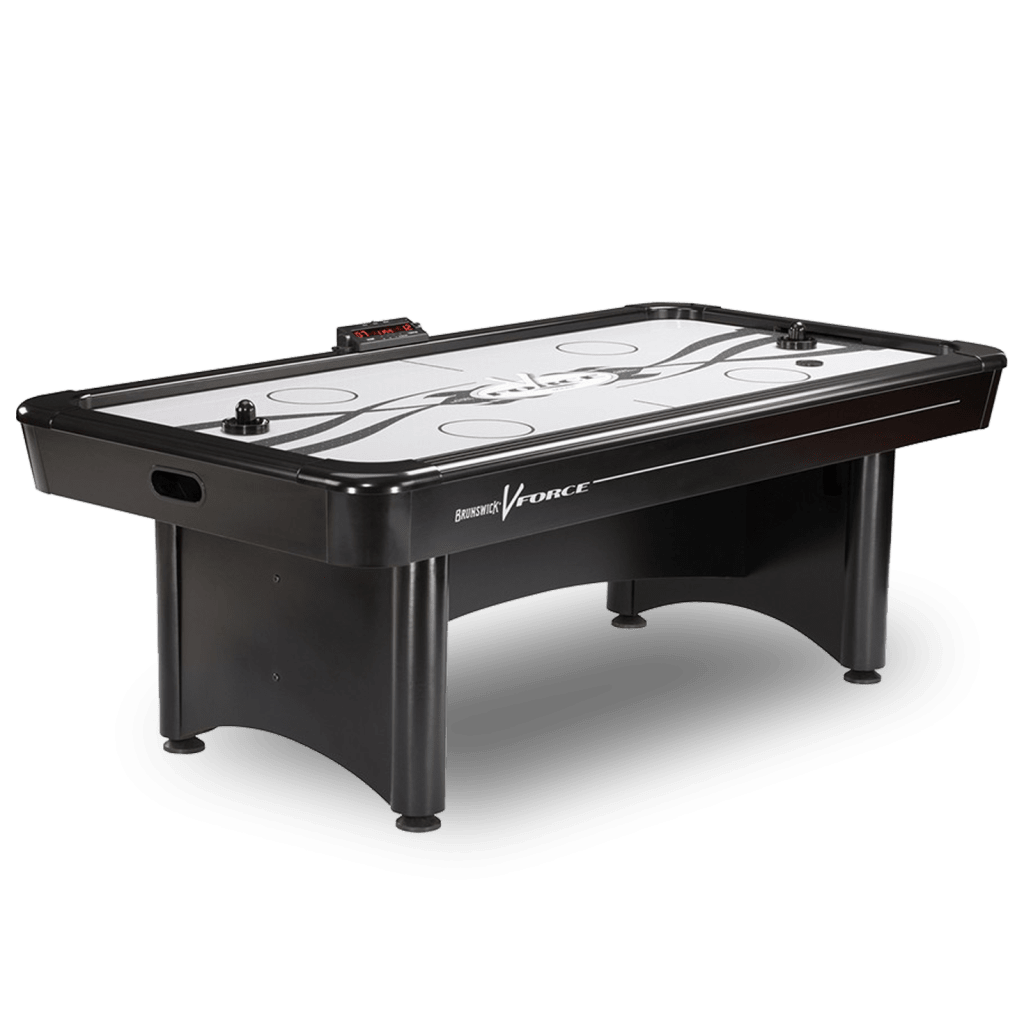
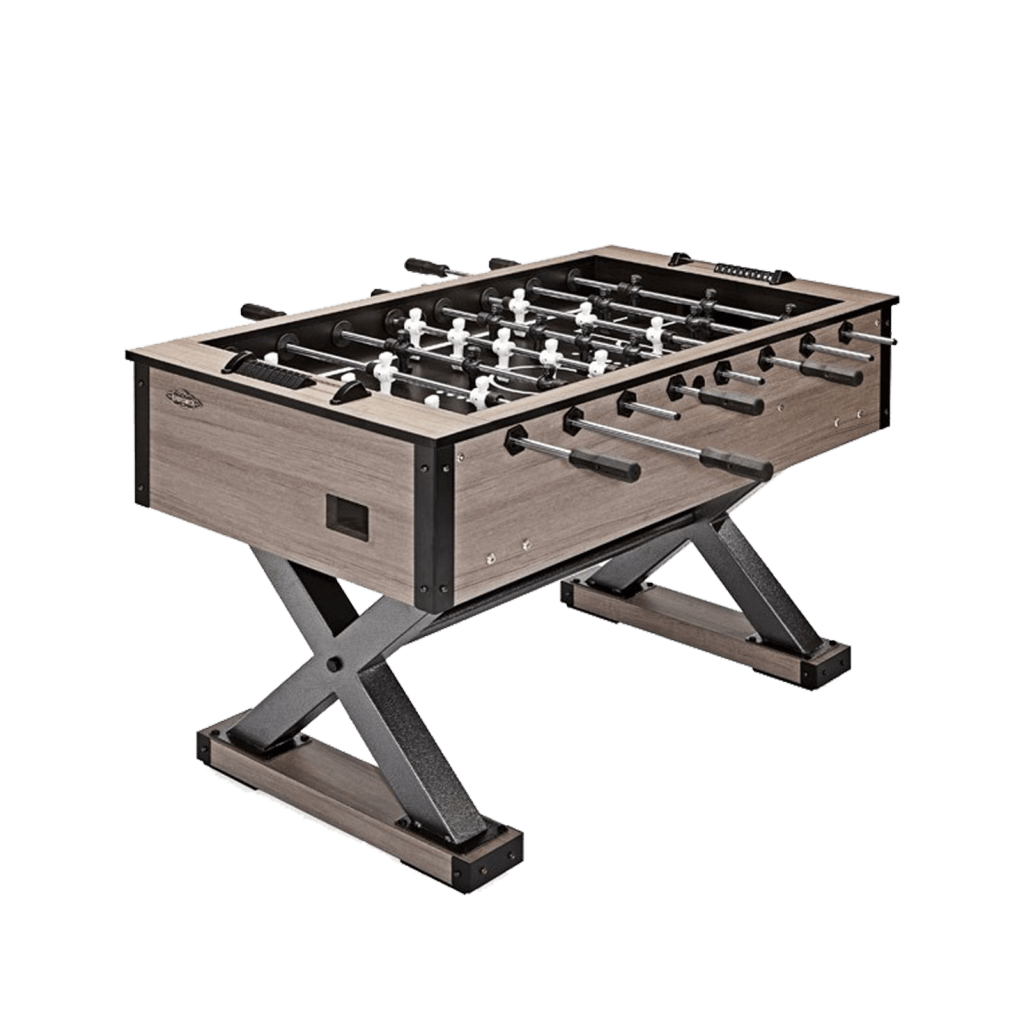
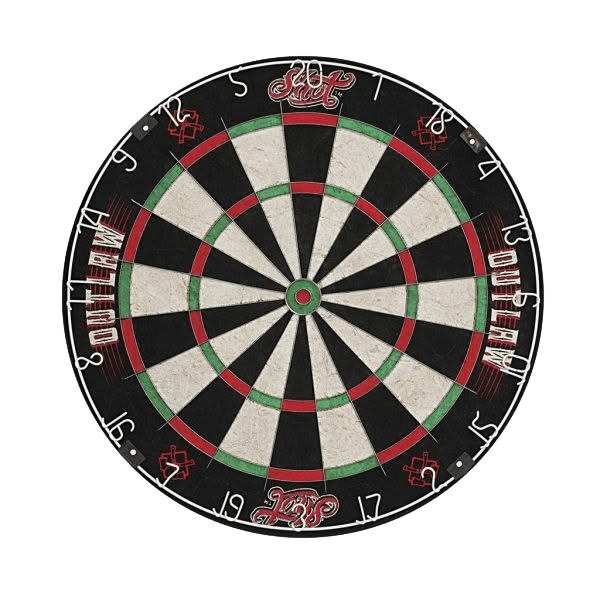
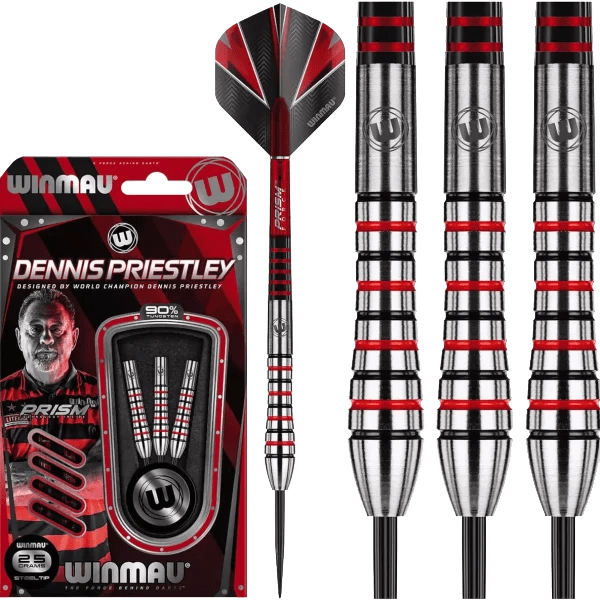
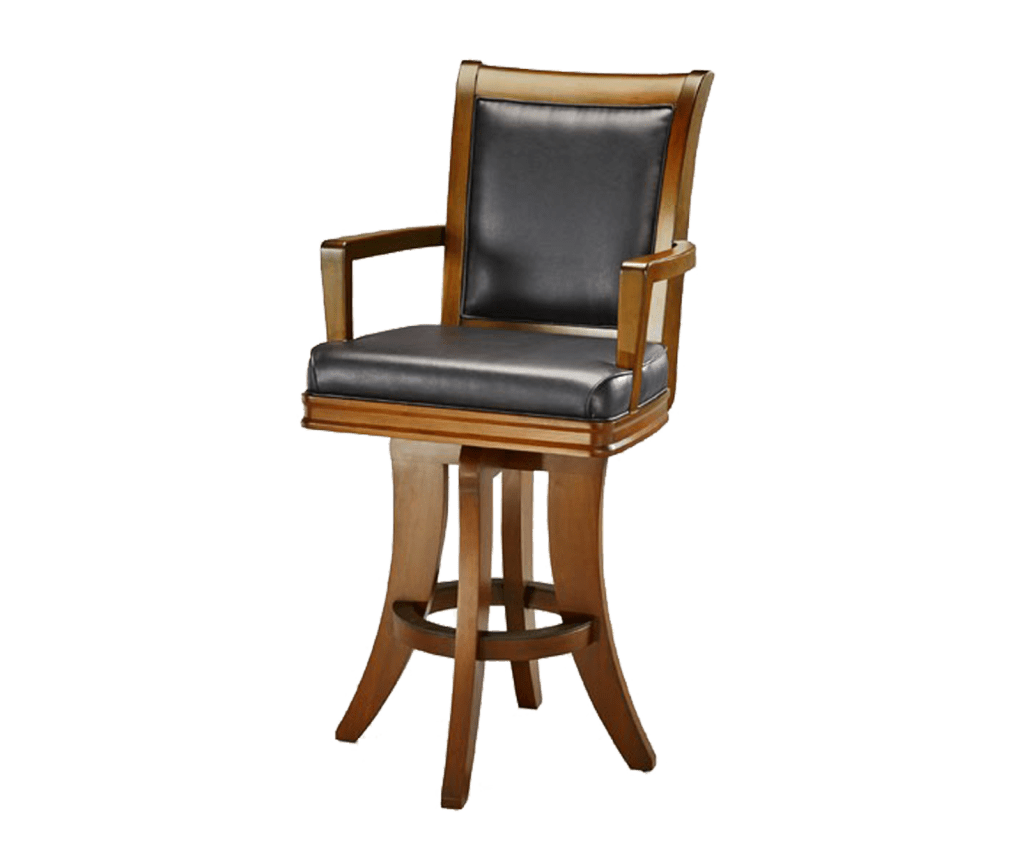
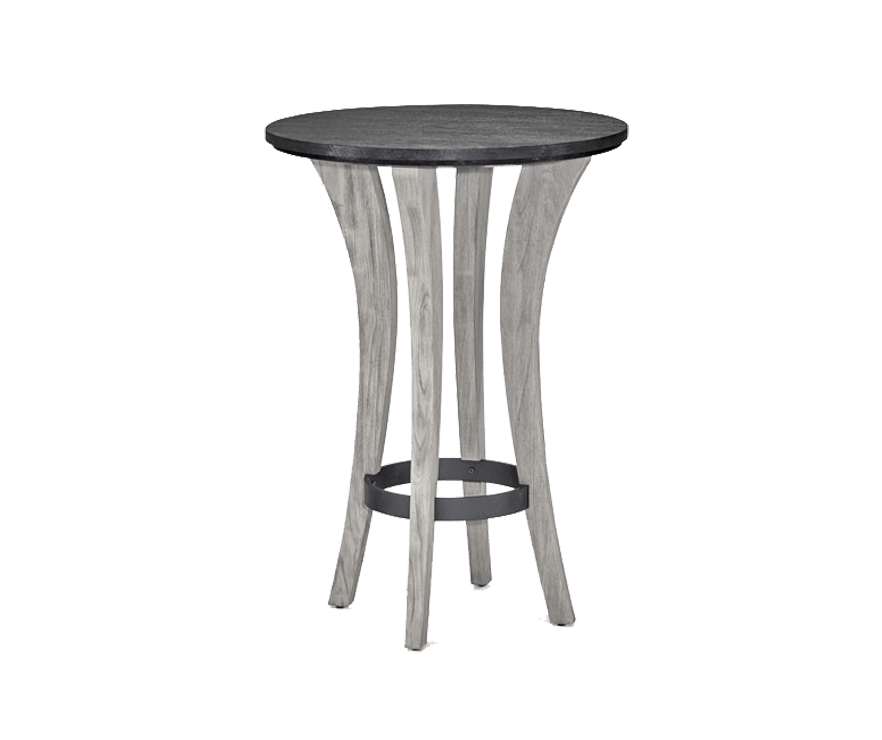
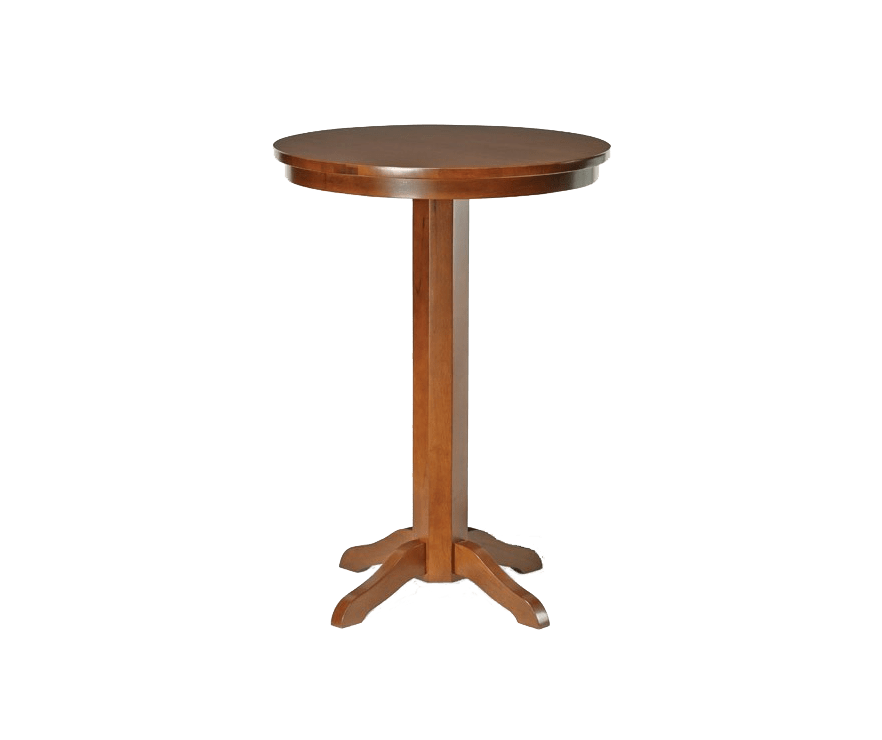
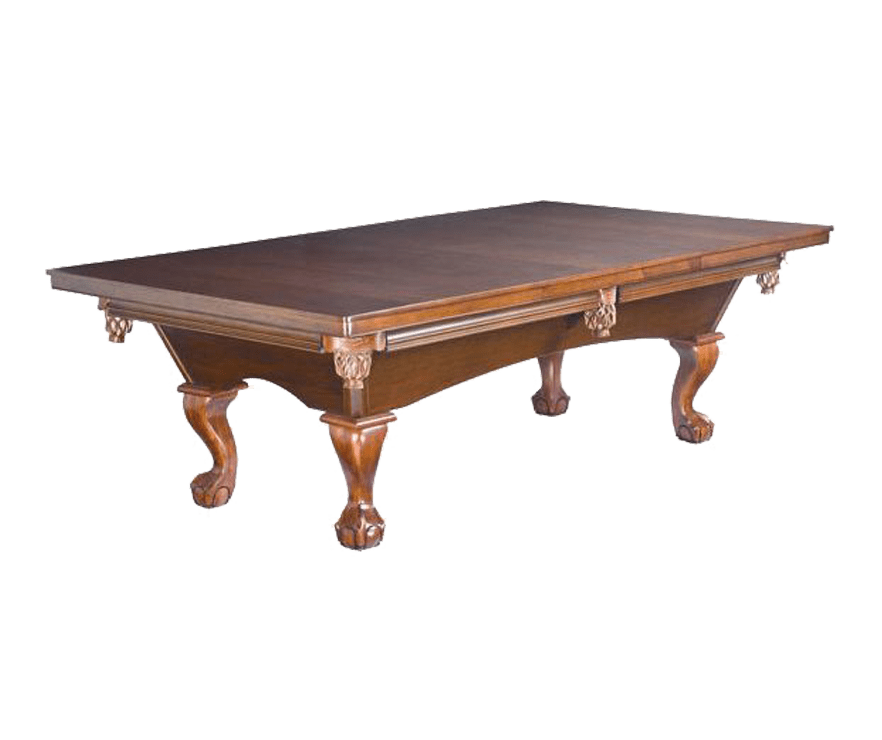
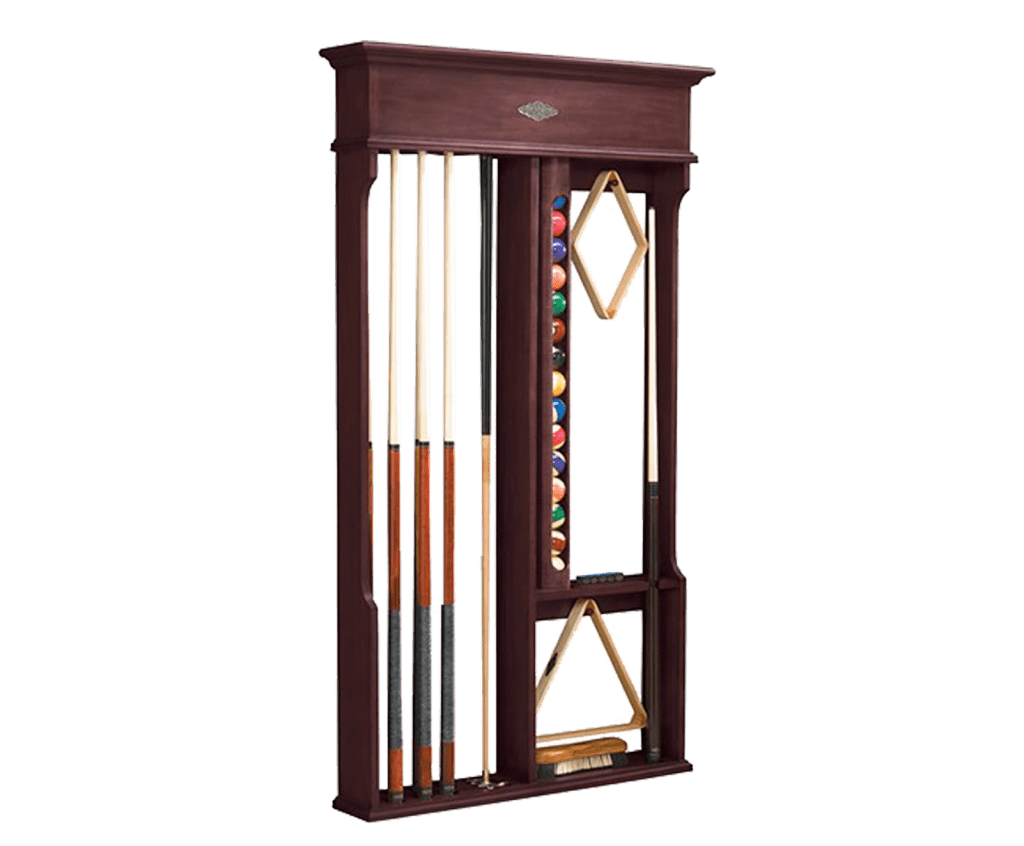
 Shuffleboard Tables
Shuffleboard Tables